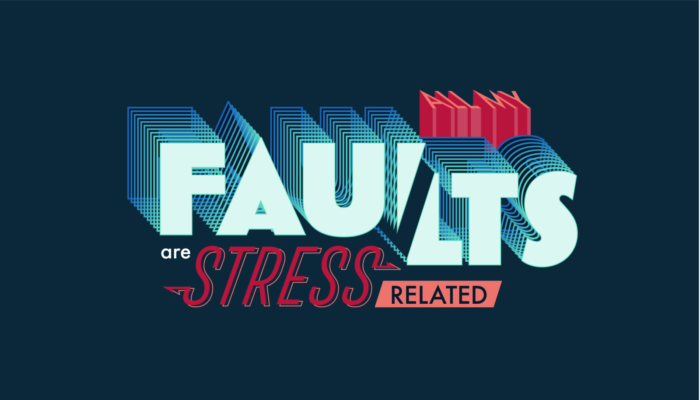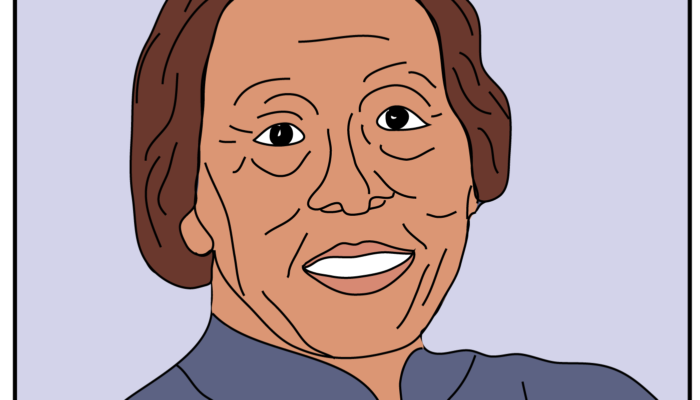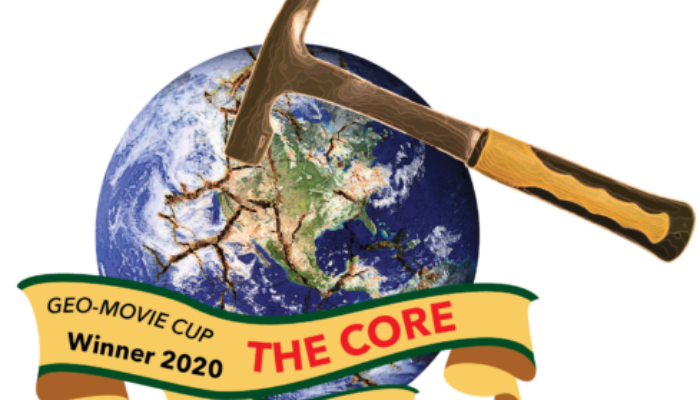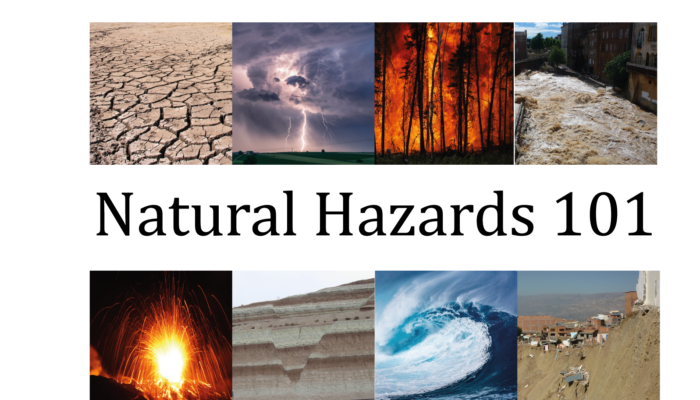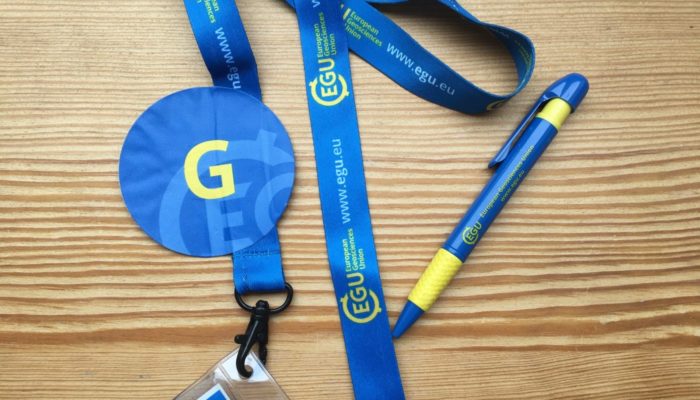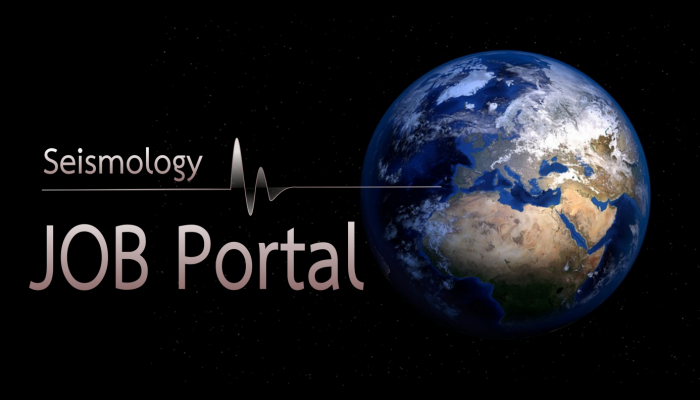There is a place in the NE of Mexico where anyone can learn heaps about the dynamics of the ground beneath our feet while enjoying the wonders of the desert. Geologists call the area ‘La Popa Basin’. La Popa means “The Bow”, a name that comes from the shape of one of the mountains in this area, which resembles the front part of a very large boat. This place is a perfect training field for ge ...[Read More]
Geodynamics
The Sassy Scientist – Mi Outcrop Es Su Casa
Stuck at home, Roger keeps alive the hope of returning to fieldwork. Obviously, he wants my thoughts on: What are your top tips for planning fieldwork during a pandemic? Dear Roger, I see you started the long and costly process of planning remote fieldwork, only to have it cancelled by a pandemic. Given the huge uncertainties you have two big options ahead of you (and no middle group of course, be ...[Read More]
Cryospheric Sciences
How do the ups and downs of the solid Earth influence the future of the West Antarctic ice sheet?
When the Antarctic ice sheet loses mass, the pressure it exerts on the underlying solid Earth decreases. As the ice sheet becomes less heavy, the Earth’s surface is not pressed down as much as before and therefore slowly rises up. In some regions, this rebound process is much faster than previously thought and could stabilise areas of unstable ice retreat. How come? Keep reading to figure it out… ...[Read More]
Geodynamics
What can we learn from geodynamic failure?
In this week’s post, Mohamed Gouiza discusses the challenges of living under constant stress, paralysed by the possibility of failure and self-perceived inevitability of impending breakup. Continental rifting, of course! Oh… did you think I was talking about life as a researcher? Under tensile stress, the lithosphere stretches, the asthenosphere rises, the crust fails, and rifts form. During this ...[Read More]
Hydrological Sciences
Featured catchment: Water Towers of Mesopotamia: Snow feeding the cultural heritage
Importance and challenges of snow modelling in Turkey Snow and glaciers in the high mountains play a crucial role for 1.6 billion people living downstream of mountainous areas. Thus, understanding snow dynamics is crucial for downstream irrigation, hydropower, flood control etc. In eastern Anatolia, Turkey (the mean elevation is around 1140 m), much of the precipitation falls as snow and is retain ...[Read More]
Tectonics and Structural Geology
Chi Jishang (1917-1994): the diamond hunter who shaped her own future
Chi Jishang was born on the 25th of June 1917 in the Anlu County in the Province of Hubei, central China, but she moved to Beijing when she was four years old. Because her family was poor and she had three older siblings, her parents did not allow her and her younger sibling to go to school at the age that they should go to school. As a child, Chi was bright and very curious. She would ask her sch ...[Read More]
Seismology
The HAMMER (AKA: The Best of the Worst)
Back in the day when my group organised the yearly retreat, we would also plan for a movie night. Usually, we would not get far because a heated discussion would break out about the quality of the movie: “…but this is a terrible movie!”, my colleagues would scream in agony and despair. In my opinion, that was exactly the point! The movies are so bad they passed the threshold of badness and e ...[Read More]
Natural Hazards
Natural Hazards 101: The disaster cycle
With the Natural Hazards 101 series, we meant to bring our readers closer to the terminology often used in the field of natural hazards, but that may not be so familiar. We started defining the very concept of hazard and natural hazard. We moved then to the concept of risk, which brought us to define exposure and vulnerability. In this episode, we will digest the disaster terminology provided by ...[Read More]
Geodesy
We need a new early career scientist representative!
The general assembly 2021 is approaching, Annette Eicker will take over as new division president, now we also need a new, fresh early career scientist (ECS) to take over the role of the ECS-representative. But what do you have to do as an ECS-representative? And where can you sign up? Early career scientists represent a significant share of the EGU general assembly attendees. It is therefore desi ...[Read More]
Seismology
Seismology Job Portal
On this page, we regularly update open positions in Seismology for early career scientists. Do you have a job on offer? Contact us at ecs-sm@egu.eu Please, note that other available research positions are displayed on the EGU Jobs Portal.




